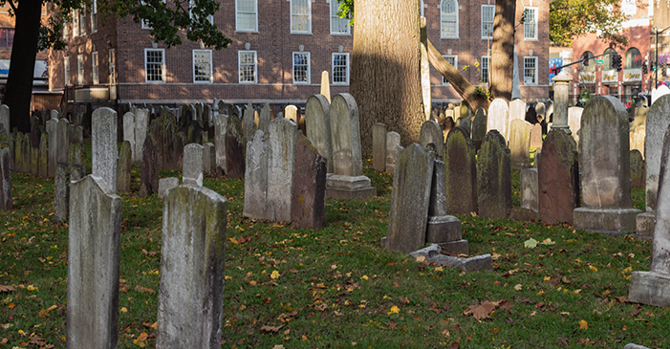Much of New England and the west are still blanketed in snow this spring, and as I keep tabs on ice-bound friends and relatives in various places, I’m reminded of that old country tradition of tying a rope from the house to the barn when a big snow is expected.
Those of us engaged in Christian institutional leadership have weathered storms of a different type over the past few years: Storms that have brought in changes in our institutions’ finances or structure; students who may not be as prepared academically or spiritually as we would like them to be; increasing expectations on institutional leaders and on clergy; or congregations that are diminishing in strength or size.
But we cast our ropes like the pioneers of old, tying firm knots and trusting that the ropes will hold; trusting too in the goodness of neighbors or colleagues who help each other through the storms.
These ropes represent ties to our very identities as institutional leaders, theological educators or pastors, to the core of what makes us who we are as individuals and as institutions, to what sustains us, or to what we believe sustains excellence in our ministries.
In fact, our work is often fundamentally, in Parker Palmer’s words in the prelude to his book A Hidden Wholeness, “about tying a rope from the back door out to the barn, so we can find our way home again.” We share our stories to remind ourselves of what is most important in our institutions and so that, together, we can continue collaborating to prepare future leaders for the existing and emerging needs of the church.
I speak to my young-adult daughters about these ropes in terms of the threads or themes that have run through my own life and work. In our current ever-evolving cultural and work environments, I encourage my daughters to think about their unfolding careers in terms of the threads they wish to sustain, such as a concern to alleviate poverty, rather than by one set linear career trajectory.
By naming intentionally some of the threads -- the beliefs, convictions and barn door ropes that sustain us in our lives and work -- we are all inspired to continue, despite unforeseen changes or setbacks.
In “The Way It Is,” poet William Stafford names the power of these ropes or threads:
There’s a thread that you follow. It goes among
things that change. But it doesn’t change.
People wonder about what you are pursuing.
You have to explain about the thread.
But it is hard for others to see.
While you hold it you can’t get lost.
Tragedies happen; people get hurt
or die; and you suffer and get old.
Nothing you do can stop time’s unfolding.
You don’t ever let go of the thread.








